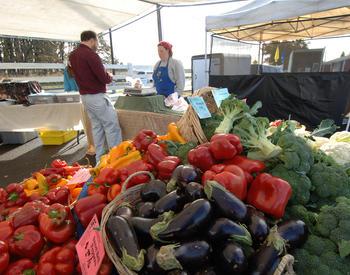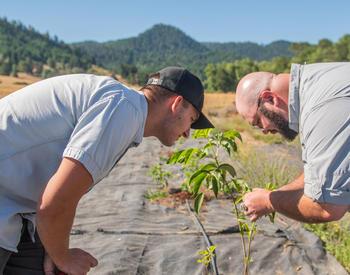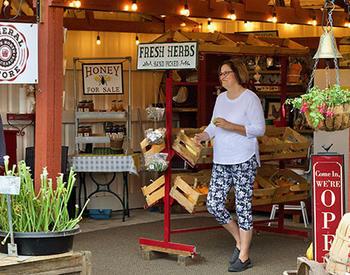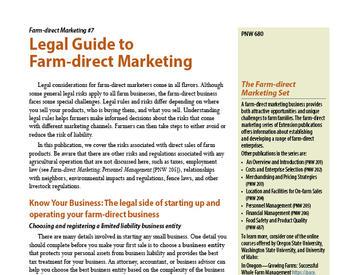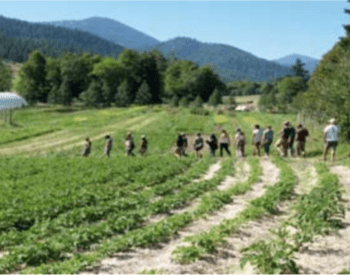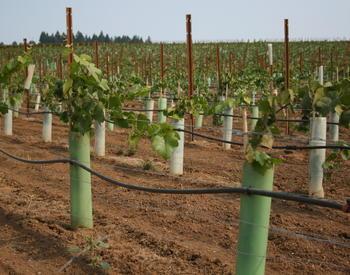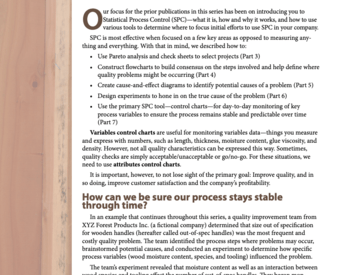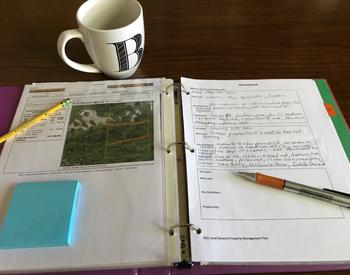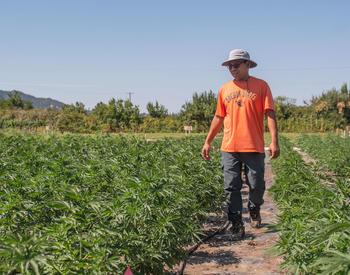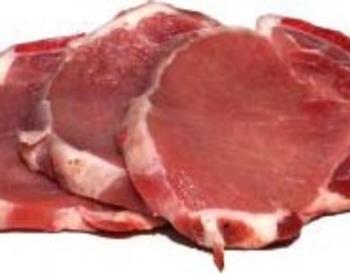Working in agriculture is a rewarding life. There are many career opportunities, from sales and marketing of inputs, financial services, and transportation, to first handlers and adding value to products off the farm.
Agriculture is an important contributor to the U.S. economy. These contributions would not be possible without the grower or producer. Growing crops and raising livestock are very gratifying, knowing that you're feeding people worldwide and creating a legacy for future generations.
However, many outsiders don't see the tremendous uncertainty that challenges growers as they produce crops and plan for the future. Growers must contend with weather, insects, diseases, markets, labor issues and financing as they make short- and long-term decisions.
Short-term decisions come often and can be expensive, but longer-term decisions are made less frequently and usually require significant upfront investment that could necessitate outside financing. Daily tasks on the farm leave little time for the economic and financial planning necessary to make sound financial decisions.
Financial planning takes time and not just at the end of the year. It is also a team effort, not just for one of the spouses or partners! A good set of records is essential to building accurate cash flow, income statements and balance sheets, which are the foundation for financial planning and long-term investment decision-making.
To structure a solid plan, I encourage growers to start by developing an enterprise budget for each crop grown during a season. These budgets include annual income and expenses, including crop yields, prices received for a crop, production inputs applied, prices paid for each input, labor, repairs, and replacement costs for machinery and equipment operations. The resulting calculations generate a net income for each crop. Examples of enterprise budgets for crops in Oregon are at https://appliedecon.oregonstate.edu/oaeb.
Developing enterprise budgets can begin before the planting season. Using the previous year's records can be helpful to find crop yields, inputs, and prices paid and received. If you do not have adequate records, using your experience and knowledge of growing a crop is sometimes the best way to begin.
Then as the season progresses, revise inputs and costs and insert yields and actual or expected crop prices after harvest. There are accounting systems that are very good and easy to use to track expenses and returns. Excel spreadsheets for the advanced computer user can offer more flexibility in tracking information. At the end of the year and having a set of budgets, you are ready to step up to the next level of developing a financial plan with AgBiz Logic.
AgBiz Logic (ABL) is a free online tool that allows producers to analyze and manage risks by evaluating the profitability of capital investments or adopting new crops before executing a decision.
Currently, AgBiz Logic includes three modules. The first is AgBizClimate, which incorporates near- and long-term weather forecasts and climate projections into investment strategies, which provides additional insights into economic and financial outcomes. Second, AgBizProfit analyzes the profitability of future planting decisions and investment opportunities. Finally, AgBizFinance takes a whole-farm approach to generate proforma financial ratios and performance measures.
There is so much to talk about with each program that it's best to visit our website and learn how this powerful tool can measure the tradeoffs among profitability, financial feasibility and climate impacts of investments before spending time and money. As with any decision tool, the adage of garbage in and garbage out also applies. Spending time building enterprise budgets and becoming familiar with AgBiz Logic will result in less uncertainty and increased profit potential.
